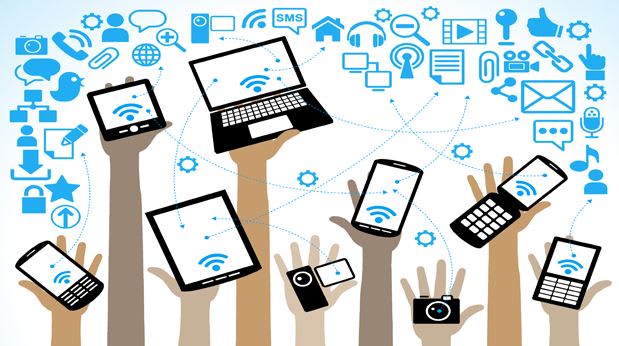Technology has enhanced what a company’s wellness center can do to improve the well-being of its employees. Wellness technology encompasses the systems, tools, and software used. It provides the IT infrastructure that relieves wellness managers of much of their tedious administrative tasks. This frees them to focus on designing programs. It gives wellness managers the tools to assess these initiatives and measures ROI. Wellness technology motivates employees to engage in a healthy lifestyle.
Wellness Administration
Without some form of technological assistance, it becomes difficult for wellness managers to track programs, measure participation, and determine the outcomes. Wellness providers who develop programs for companies are also hampered by a high administrative load. The diversity of wellness programs includes incentivizing employees to solicit their engagement, tracking devices and activities, financial wellness, education on health matters, coaching, and biometrics tracking and health assessments.
Dedicated wellness providers and managers will be involved in multiple programs, often simultaneously or overlapping. This does not leave them much time to improve the services they provide. Wellness management software reduces the time spent on administrative duties and paves the way for higher-level management activities and allows the manager to be available to clients or employees.
Wellness managers and providers seek recognition for the positive outcomes they achieve in their work. When they are bogged down in low level admin, they are not utilizing their abilities to their full extent and are unable to function as strategic advisors.
Software for Wellness
It can be confusing to determine which wellness software is best so that you can select the right tools. There is a big difference between a wellness platform and a wellness software application. A wellness software application is a single app with a clearly defined and limited purpose, for example, an app that measures how many steps you walk in 24 hours. On the other hand, a wellness software platform is a comprehensive suite of hardware, software, products, and features that are designed to operate as a seamless whole.
Another difference to grasp is that some wellness technology is limited to specific programs only, for example, they may solely provide health assessments. This gives you options to choose apps that you need immediately or that fit your current budget and add other software down the road.
Furthermore, wellness providers exist in two categories. The first supplier is focused on developing wellness programs. The second wellness technology vendor, in addition to the provision of programs, also continues to build on and enhance existing technology.
Hardware for Wellness
Regardless of whether you choose to go with a platform or start with a few software applications, you will need a powerful computer to run these programs and avoid lagging screens. Your hardware supplier will be able to guide you to the optimal product. For more information, visit a site like Lenovo at https://www.lenovo.com/us/en/faqs/intel/intel-graphics/. Another decision you will have to make is whether a laptop or a desktop is more suited to your needs.
Other hardware that you need to be aware of are the various available devices, such as wearables that monitor blood pressure and pulse, count steps, etc., and whether the employees must purchase their own or the company will provide them.
Wellness, like other industries, will continue to take advantage of the technologies that simplify and enhance their business needs.




